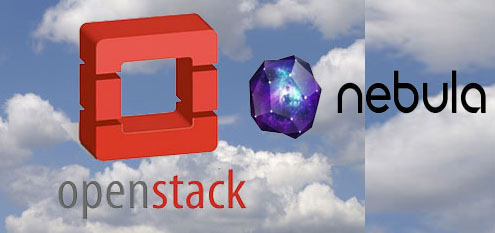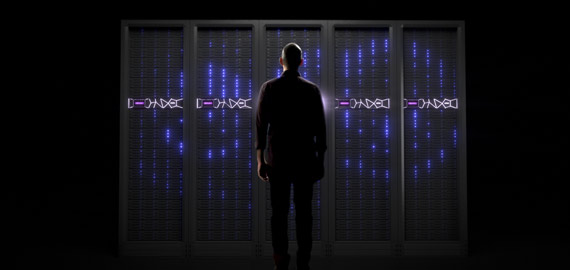Jacqueline Vanacek | forbes
Imagine a world in which researchers share data via one massive supercomputer to advance medicine, energy, agriculture … where nations respond in unison to natural disasters … and governments share services around the world.
This is what I envisioned as I spoke with Chris Kemp, founder and CEO of Nebula and co-founder of OpenStack.

It’s a world in which business and government can deliver only their core competencies – while buying other services from global partners to fulfill their needs.
As we increase the scale of cloud computing to manage big data, we increase our ability to “operate as one” — in research, business, government, everything. Chris Kemp confirmed that we are building the elements of a global cloud architecture that can make that vision real.
It starts with OpenStack. That’s the open source cloud operating system that can deliver massive scale for both public and private clouds. OpenStack’s global community built this software to control large pools of distributed compute, storage and networking resources. Users can provision project resources over the Internet. An OpenStack environment would operate like the Amazon EC2 public cloud.
The real power of OpenStack is its open standards across compute, storage and networking resources. The standards allow interoperability and portability of applications and data between clouds anywhere in the world.
Now any project can more quickly and easily share information with related projects.
That means seismologists everywhere can monitor and respond to earthquake threats as a unified team. Biomedical researchers can integrate genomics to personalize medicine as a unified team. And weather forecasters can analyze global atmospheric conditions to provide greater accuracy as a unified team.
A global cloud ecosystem like this could radically change how business, government and academia partner to advance science and solve complex problems.
And Nebula simplifies the usability of OpenStack for the private cloud. Nebula makes web-scale computing nearly turnkey for anyone who needs it.
The Nebula hardware appliance helps automate building a massive private cloud from thousands of inexpensive servers. As Kemp describes it, Nebula will deliver an “order of magnitude more infrastructure” at an “order of magnitude less cost.”
In this way, Nebula “democratizes” web-scale computing by offering the equivalent of Google’s massive IT scale at an affordable cost to everyone.
This helps resolve the conundrum for those who want public cloud cost efficiencies while shielding highly secure workloads behind their own firewalls.
Nebula offers the best of both worlds: security of a private cloud with IT cost efficiencies and built-in connectivity to the public cloud.
And by incorporating legacy technologies, Nebula could help governments overcome budget limitations that slow their IT modernization.
The most compelling opportunity is creativity in public-private partnerships that become the foundation for making Cloud the World’s Economic Opportunity.
Biotechnology companies are already on board with Nebula because their discovery process must integrate findings across many research projects.
Banks are also on board with Nebula, as their deluge of customer data can be harnessed to tailor services by individual preference.
Every industry is deluged with data today – from consumers, sensors and other sources. So every industry can benefit from web-scale compute power to accelerate turning data into information into competitive advantage.
In my work with governments around the world to adopt the cloud to modernize and mobilize, Nebula could be an ideal accelerator for the many private cloud initiatives underway.
So if you were just getting used to how cloud computing is changing our world – fasten your seat belts.
The promise of OpenStack and Nebula are not to change the compute model of tomorrow, but perhaps for the next twenty-five years.












